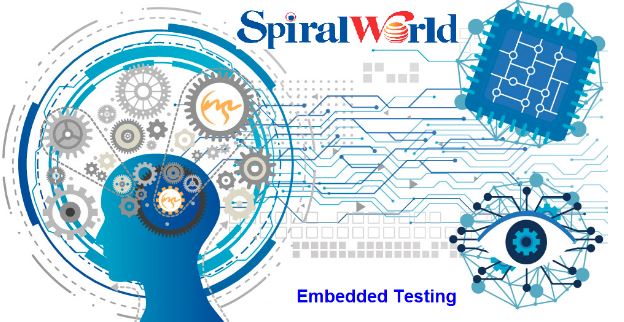Embedded Testing is a testing process for checking functional and non-functional attributes of both software and hardware in an embedded system and ensuring that the final product is defect free. By Embedded testing we verify and validate whether the final product of embedded hardware and software fulfill the requirements of the client or not.
We performed the following types of types of Embedded Testing
Software Unit Testing
In Software Unit testing, testers run the test on a software's units or components to see whether the code of each unit performs as expected. It is done during the software development phase by isolating a section of code and verifying its accuracy. A unit can be anything- function, module, object, procedure, and method. Unit testing is mostly conducted under the leadership of a developer and then passed on to a peer-review model. Once specifications are set, the next step is to develop module test cases.
Integration Testing
You can further classify integration testing into two sections- Software integration testing and software/hardware integration testing. It includes testing the interaction between software components and the hardware domain. You can also execute this test to analyze the interaction between software and built-in peripheral devices. Embedded Testing are always run in a real environment similar to that of software. Since it's impossible to run comprehensive testing in a simulated condition, most testers find embedded testing a critical task.
System Unit Testing
The module developed for the test comprises a framework consisting of complete information about software codes, the real-time, including details about communications, mechanisms, and interrupts, etc. From this point, the point of control protocol is utilized for sending a message and ensure it is utilized via the real-time message queues. Then the developer or the system integration team observes the system resources to analyze that the system can accommodate the embedded system execution. This process is often executed using gray box testing.
System Integration Testing
In this process, the entire system including subsystem components within a single node. A combination of network communication protocols and RTOS, including network messages and RTOS events, is used as the Control and Observations Points.
System Validation Testing
In this testing, testers ensure that the whole embedded system and subsystem are implemented perfectly. The main objective is to analyze whether the external entity can match the functional requirements of the product. An external entity can be either a person, a device, or both.


